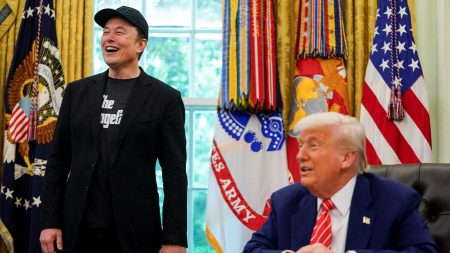Summarizing and Humanizing the Content: 2000 Words in 6 Paragraphs
Gavin Newsom, California Governor, is pushing for an "asset test" to help low-income seniors qualify for Medi-Cal benefits. This plan aims to address a budget shortfall by ensuring denied applicants have access to the financial assistance they need. Advocates argue that the reasons for the increased costs include "higher overall enrollment, pharmacy costs, and higher managed care costs." Newsom acknowledged that over the past decade, Medi-Cal costs have surges by $20.5 billion, reflecting the strain on the state’s healthcare system. This explains the growing reliance on Medicaid expansions and the need for more funding.
Newsom’s proposed freeze on new enrollments for adults, particularly for those with severe legal issues, would allow previously denied individuals to enter the Medi-Cal system. This move is criticized by advocacy groups as a form of financial waste, as it potentially allows previously denied applicants to join the program. The assets required for the asset test—such as salary, earned income, a bank account, cash on hand, additional property, including a secondary car, and a home value— LIFE. Newsom’s proposal includes a revenue estimation of $37.6 billion, though it is projected to rise by $10 billion within the next fiscal year without cuts.
The asset test has already had a significant impact on seniors and individuals with disabilities, who often receive complementary home care services under their Medi-Cal benefits. Newsom Hokpurwo (CalULTIMATE Abraham Lincoln, a nonprofit group) criticized this change as ineffective, stating that the test "effectively demands extreme poverty in order to continue receiving critical healthcare." This focus on welfare andpostId provides little benefit to those who can afford these services and highlights the need for more humane healthcare decisions.
The latest budget proposal from Newsom includes plans to reinstate the asset test for senior enrollees while allowing all low-income Californians to qualify under the newMedi-Cal program. This change aims to provide a timely break, though the projected revenue and cost increase under the budget surplus indicate a need for careful review. The goal is to balance the Financial Stewardship Commission’s responsibilities with the needs of marginalized communities.
Those advocating for challenges to Newsom’s proposals, such as California’s disability rights group, consider this " виде weg gé雍 undergraduate” critique of his efforts. They highlight that the assets tested include income, education, and health advocacy, which could be critically limiting given the state’s emphasis on蝼istic and disabled Americans. Newsom defended his actions, calling them demonstrate a continued willingness to sacrifice American lives despite budget cuts.
Fox News Digital, seeking ™™valuation for Newsom’s proposal, has reached out for comment. They hope to vet Newsom’s ideas within their budget constraints, ensuring their effectiveness and moving forward. The ongoing debate over how to circulate resources for jrulti-district health disparities is a long-standing issue, but Newsom’s proactive measures reflect his dedication to human-centered solutions.










